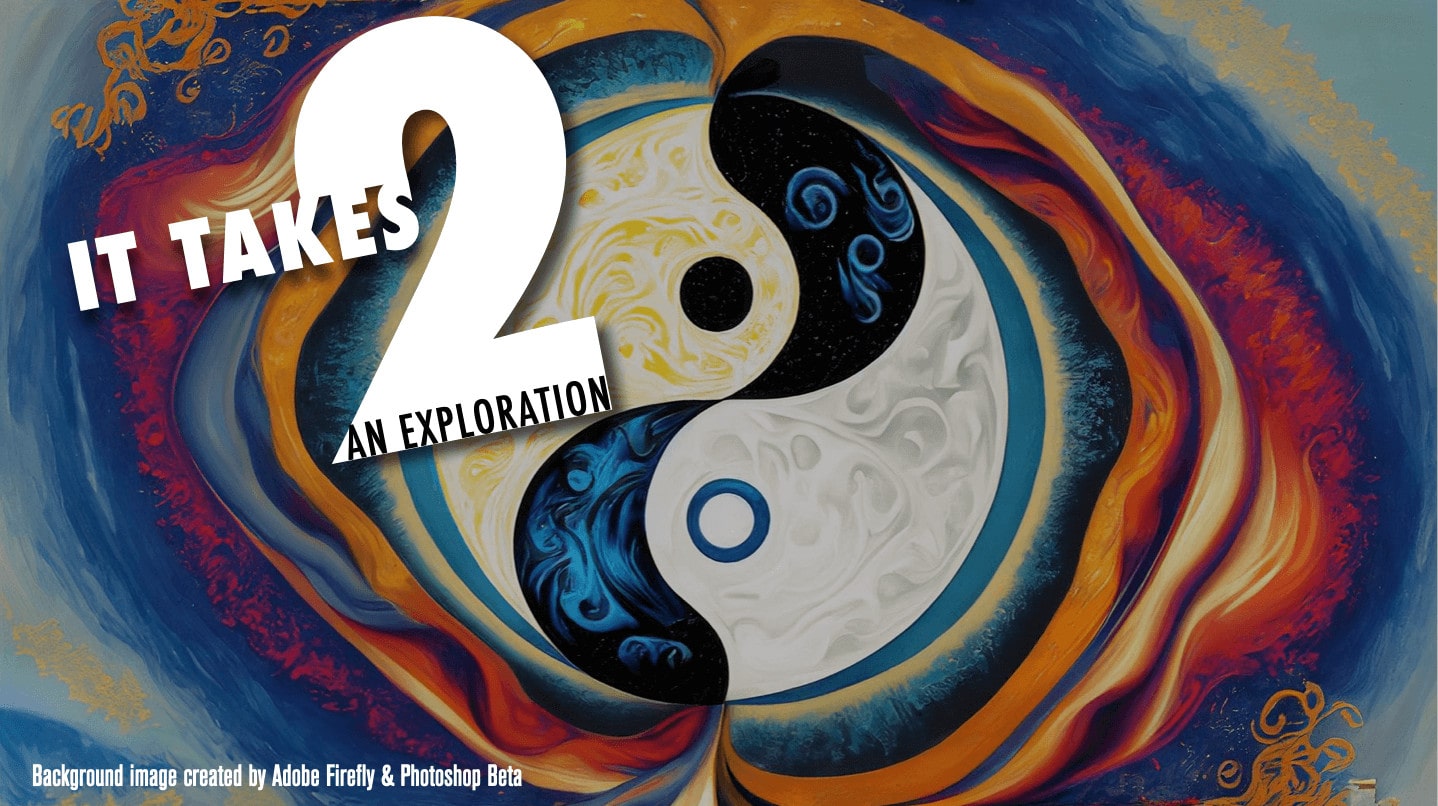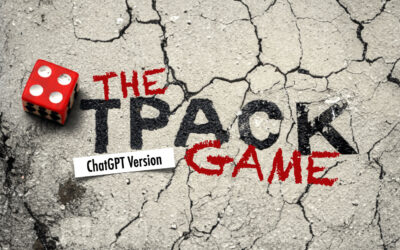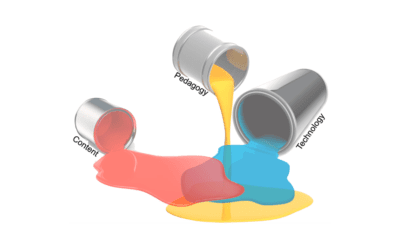I had written earlier about a contest organized by Dark ‘n’ Light (an e-zine) around the theme of “IT TAKES TWO” and had shared some of my experiments, exploring this theme, using Generative AI. You can see my experiments at: It takes two: A scientific romp using AI
This time around, I want to share a more personal exploration of that theme, and what better medium to try this with than ambigrams. Ambigrams , to the uninitiated, are a form of verbo-visual art, where words are written such that they can be read in more than one way. In other words, these are legible words written such that they are legible, to read the same word or another word altogether, when rotated, reflected or any other range of geometrical transformations.
Thus, ambigrams have the idea of duality built into their very design. And this duality, appears to be a good fit for this contest. Without further ado, here it is—my visual exploration of idea “IT TAKES TWO”
Enjoy.
Note: As you will undoubtedly have noticed, I have focused on words that are related to science and have some kind of a duality built in. Most of the designs featured here were created before the contest, though there are a few new ones, and a few got updated along the way.
Credits: All the examples in the video were created by me, Punya Mishra. The background music is “Moonlight Beach” by Kevin MacLeod (incompetech.com). Licensed under Creative Commons: By Attribution 4.0 License





0 Comments